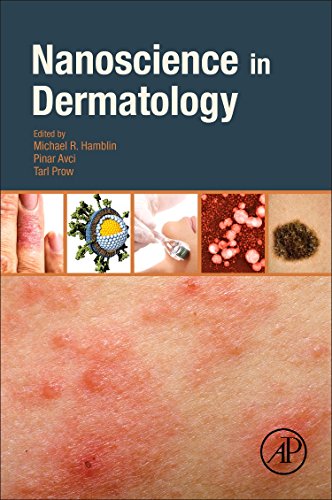

Most ebook files are in PDF format, so you can easily read them using various software such as Foxit Reader or directly on the Google Chrome browser.
Some ebook files are released by publishers in other formats such as .awz, .mobi, .epub, .fb2, etc. You may need to install specific software to read these formats on mobile/PC, such as Calibre.
Please read the tutorial at this link: https://ebookbell.com/faq
We offer FREE conversion to the popular formats you request; however, this may take some time. Therefore, right after payment, please email us, and we will try to provide the service as quickly as possible.
For some exceptional file formats or broken links (if any), please refrain from opening any disputes. Instead, email us first, and we will try to assist within a maximum of 6 hours.
EbookBell Team

4.7
76 reviewsNanoscience in Dermatology covers one of the two fastest growing areas within dermatological science, nanoscience and nanotechnology in dermatology. Recently, great progress has been made in the research and development of nanotechnologies and nanomaterials related to various applications in medicine and, in general, the life sciences. There is increasing enthusiasm for nanotechnology applications in dermatology (drug delivery, diagnostics, therapeutics, imaging, sensors, etc.) for understanding skin biology, improving early detection and treatment of skin diseases, and in the design and optimization of cosmetics.
Light sensitive nanoparticles have recently been explored, opening a new era for the combined applications of light with nanotechnology, also called photonanodermatology. However, concerns have been raised regarding the adverse effects of intentional and unintentional nanoparticle exposure and their toxicity.
Written by experts working in these exciting fields, this book extensively covers nanotechnology applications, together with the fundamentals and toxicity aspects. It not only addresses current applications of nanotechnology, but also discusses future trends of these ever-growing and rapidly changing fields, providing scientists and dermatologists with a clear understanding of the advantages and challenges of nanotechnology in skin medicine.